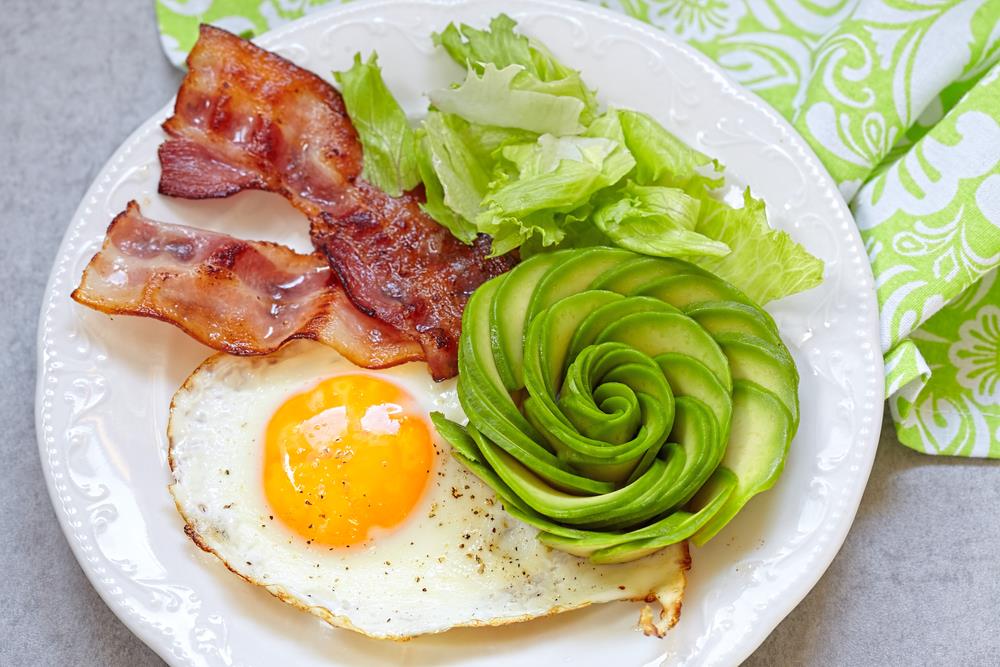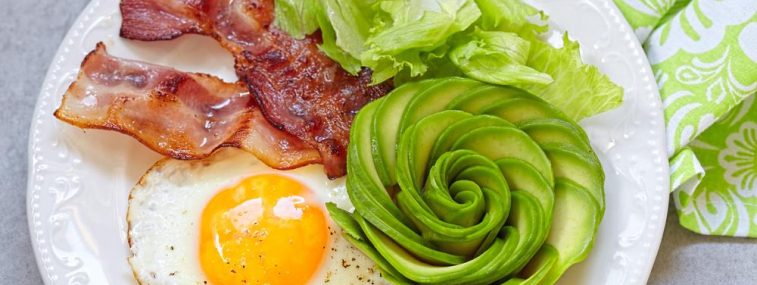People consume large amounts of carbohydrates with a normal diet. This is because it serves as a source of energy for the body to function well.
However, it’s the opposite for a ketogenic diet; a diet with a low intake of carbohydrates, moderate protein, and high fat. A ketogenic diet forces the body to burn fat instead of carbs when it needs energy. And when your body is able to use fat for your daily activities, you’re said to be in a state of nutritional ketosis. This is due to the low intake of carbohydrates, forcing the liver to convert fat into ketones for energy and general bodily functionality.
Ketosis is a natural and healthy metabolic condition in which the body burns its own fat reserves to produce ketone bodies for its everyday activities rather than glucose.
In general, an important form of fuel for the body is glucose, which is the end result of the breakdown of carbohydrates. Ketosis is a metabolic condition in which the body changes in order to use fat as fuel.
We may say one is in ketosis when the levels of ketones in the blood are greater than the amount of glucose.
Now that you’ve learned what ketosis is all about, let’s look at the main benefits of a ketogenic diet.
- Promotes the burning of stored fat
By decreasing the high amount of carbohydrates in your diet (which produce glucose), a ketogenic diet tells your body to burn stored fat instead by converting fat into fatty acids and ketone bodies in the liver. These ketone bodies replace the role of glucose given to them by the carbohydrates in one’s diet. This results in the rapid reduction fat stored in the body.
- Weight Loss
The most immediate benefit of a ketogenic diet plan is quick weight loss. This is because reducing obesity may reduce a host of other health problems that are caused. One of the biggest advantages of this diet is that it can suppress appetite and hunger in the long term. This diet can be useful if people are overweight because food dependence and it can also prevent weight gain in the future.
- Regulation of appetite
Ketones work in the body as a natural appetite suppressant. The exact mechanisms are not yet fully understood, but preliminary research shows that ketones signal the brain that they are capable of satiety, thus reducing appetite and food cravings.
- It helps lower blood pressure
Hypertension is a condition in which blood pressure remains abnormally high. This condition can lead to other health complications, including stroke, kidney failure, heart disease, among several others. Research shows that the ketogenic diet is effective in lowering blood pressure.
The main types of a ketogenic diet are:
- Standard
This type of ketogenic diet is the standard diet designed for people who are inactive. This particular diet limits the dieter to eat about 20 to 50 grams of carbohydrates a day. Starchy fruits and vegetables are restricted from this diet because of the high carb content. In order for the plan to be effective, one must strictly follow this diet.
- Targeted
A “targeted†ketogenic diet is less stringent than the standard Ketogenic diet and allows one to consume carbohydrates, but only in a certain quantity. This diet helps people who commit to a certain level of physical exercise.
- Cyclical
The “cyclical†Ketogenic diet is best for those who are doing intense exercise, but not for beginners because it requires the person undergoing the diet to follow the standard Ketogenic diet.
The main side effects of Ketogenic diet are:
- Headaches
- Leg cramps
- Constipation
- Frequent urination
- Fatigue
However, these effects can be reduced effectively by following these tips when you are on a ketogenic diet.
- Stay hydrated
This should be considered a no-brainer, but this isn’t easy to follow. We often get so busy in our day-to-day lives that we forget to drink water! When we’re on a ketogenic diet, it’s important that you drink water at all times to stay hydrated.
- Exercise
When you’re on a ketogenic diet, you should exercise regularly to ensure you are physically fit.
- Do not eat a lot of protein
It’s important not to keep your protein level high. I recommend you keep your protein level moderate.
- Eat low carb
It’s known that a ketogenic diet is a low-carb, moderate-protein, high-fat diet. You should take in healthy low carbs and good fats in order not to encounter the side effects of this diet. Additionally, you may want to know the maximum carb intake you may consume daily. Generally, if you’re on a ketogenic diet, you shouldn’t consume more than 130 grams of carbs, maximum. As a holistic nutritionist, I would advise you to consume 50 grams of carbs to achieve the best results.
- Watch your macronutrient ratio
If you are on a Ketogenic diet and you want to achieve maximum results, you must watch the ratio of your macronutrients. The general accepted ratio of macronutrients when you are on a Keto diet is shown below:
- Carb – 5%
- Protein – 30%
- Fat – 65%
From the above ratio you can indicate whether it’s a healthy ketogenic plan.
- Eat good food when you’re on ketogenic diet
It’s important that you eat healthy meals when you’re on a ketogenic diet. Eat good fats, good proteins, and food low in carbs.
An example of good food includes lean meat such as beef and chicken, healthy sources of protein, and good quality fats, such as eggs, butter, olive oil, coconut oil, and avocado. Also, delicious leafy vegetables like chard and spinach along with cruciferous vegetables such as broccoli, cabbage, and cauliflower are healthy options when you are on a ketogenic plan.


